 0
0
People keep saying that someone should make a quilt of the Cosmati floor. Well someone already has, Janet Cook. Her Star of David quilt took Janet six years to make. Read her amazing story below:
I started quilting in 1988 and my teacher said Mariners' Compass was a tricky block, so being the person I am (the awkward one at the back of the class) I decided to make a quilt for our bed featuring that block. I saw a sketch in the regional Quilters' Guild newsletter and decided it would be more interesting to use that layout than blocks in rows. I drafted sections of the quilt, made templates, and proceeded to make the compasses by hand in 1991.
Gradually I gained confidence and started to sew by machine. Eighteen months later, I finished the top and started hand quilting. Then I was rushed into hospital with a life-threatening problem. The quilt kept me sane during my slow recovery, and my husband David proved what a star he was by nursing me so carefully. During this time I discovered where the original design had come from and phoned Westminster Abbey to find out more. They said the Cosmati floor was kept covered, but that they revealed it once every two or three years.
In view of my particular interest they said they would phone me next time it was revealed. I visited the Abbey just to see where the floor was situated and discovered a book all about it. I nearly missed my train stop on the way home because the book was so fascinating. I decided to include Latin quotations in the quilting design. The floor contained remains of a cryptic poem in Latin.
It took me another 18 months to complete the quilting. I was persuaded to enter it in a quilt show - my first ever - and it won the championship at Quilts UK, a national competition, in 1994. That phone call came from the Dean himself and I set off with my quilt to have tea and a personal guided tour of the Abbey with him. Wonderful! The culmination of the tour was a visit to the Cosmati floor itself. I stood and cried as I saw my old friend for the first time. That is what that floor had become to me.
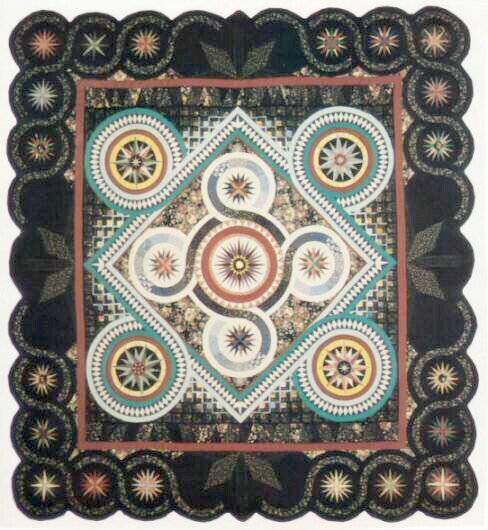
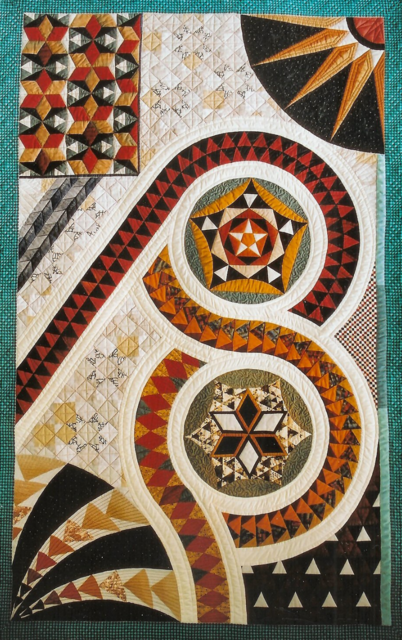
Janet did another quilt, Opus Sectile II, which is a collage of designs based on the 700+ year old Great Pavement in Westminster Abbey, London. Janet matched the colors to those chosen by the original Cosmati artists.
This was Janet's first use of foundation paper piecing.
You can find Janet at her website.
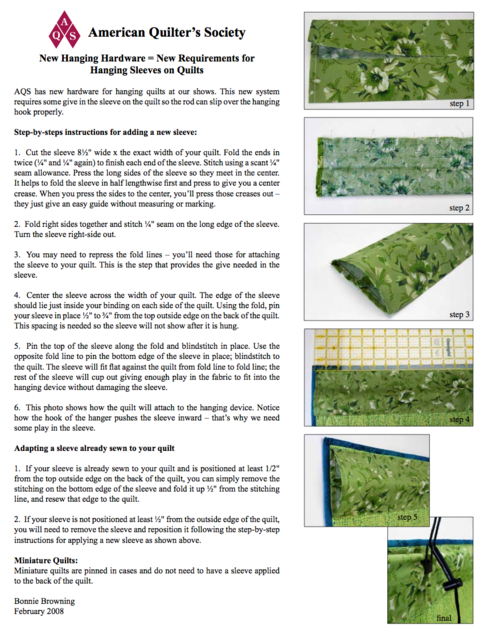 As deadlines approach for quilt competitions, we are once again reminded that a hanging sleeve is required. There are a number of ways to do this and you should always double-check the show's requirements.
As deadlines approach for quilt competitions, we are once again reminded that a hanging sleeve is required. There are a number of ways to do this and you should always double-check the show's requirements.


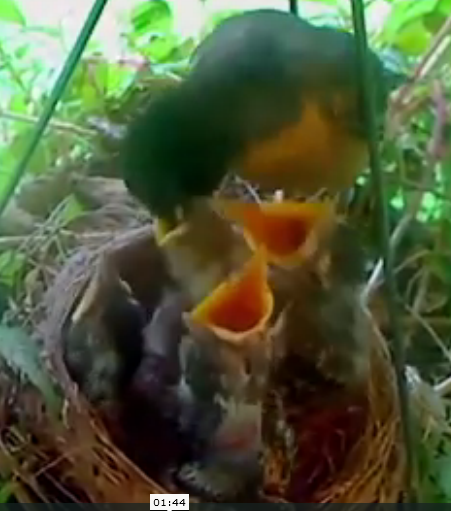
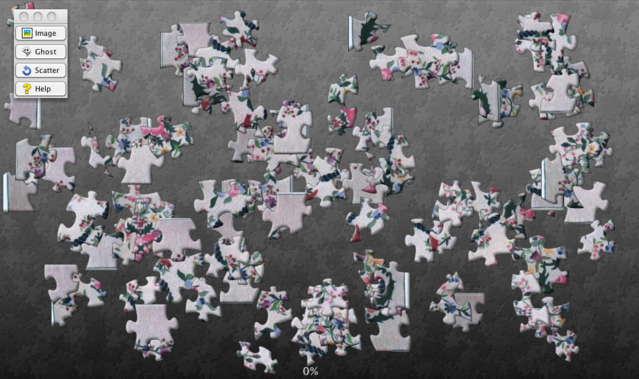

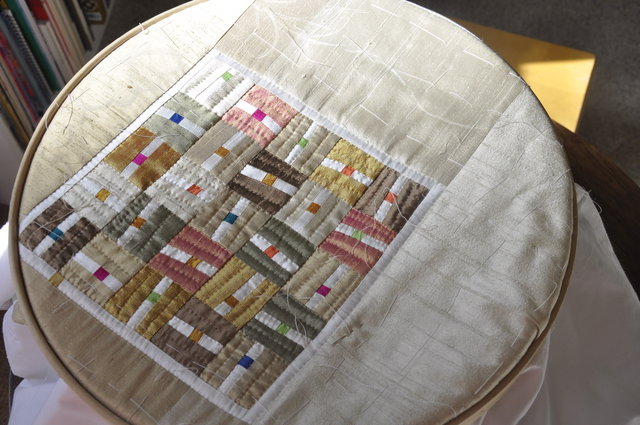





.jpg)


